
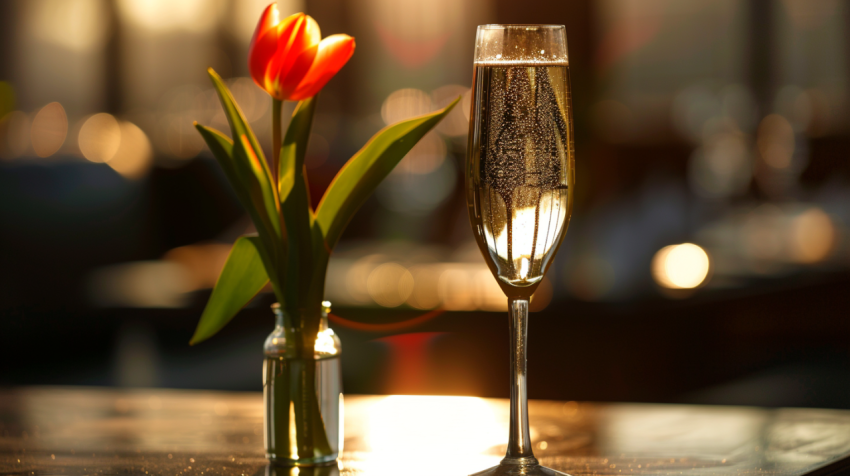



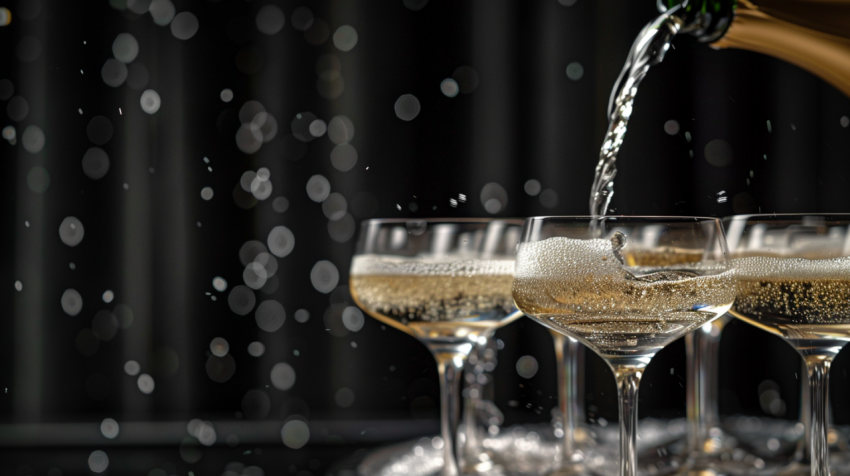
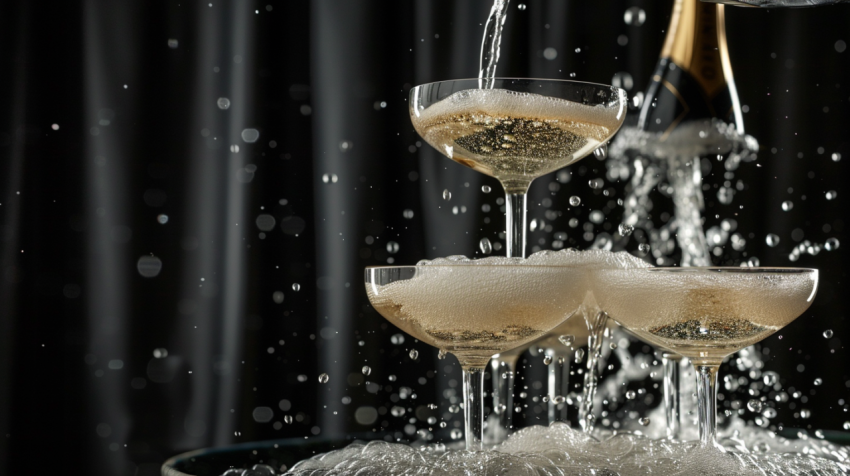
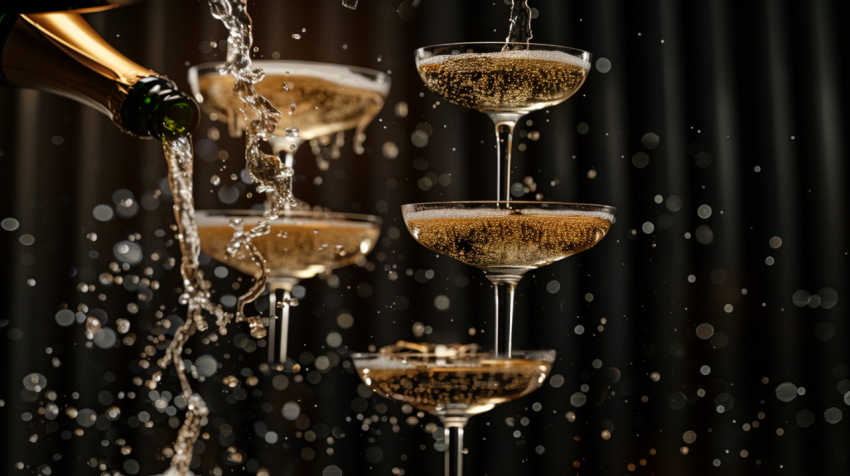
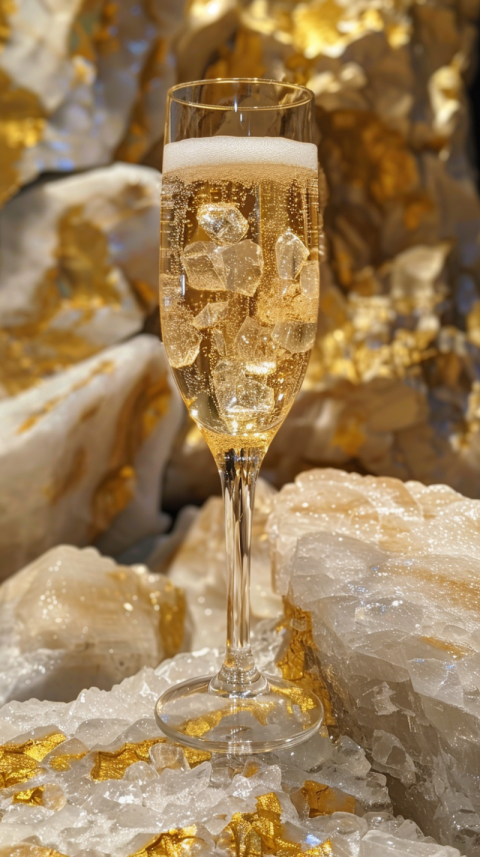

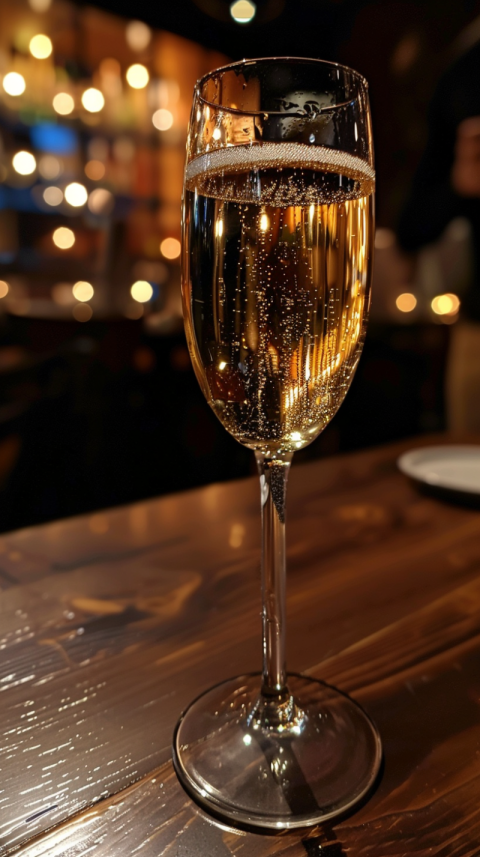
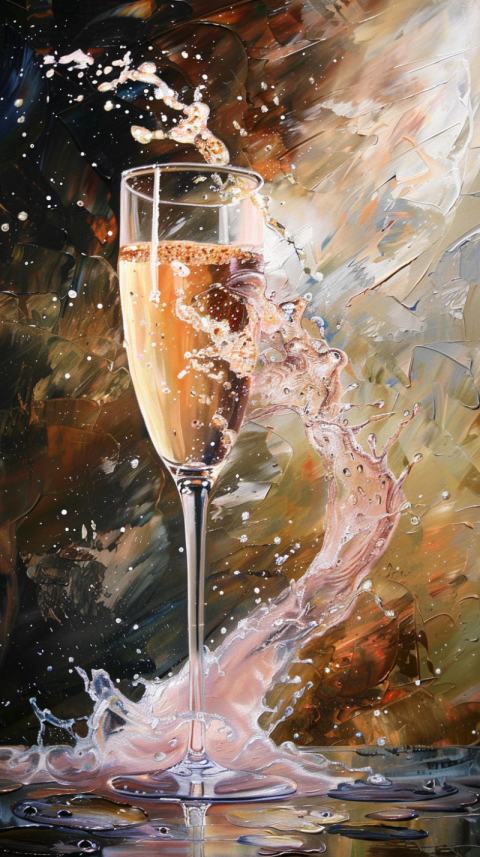
Champagne: The World's Most Celebrated Sparkling Wine - A Legacy of Elegance
Champagne, the iconic sparkling wine, is synonymous with celebration, luxury, and elegance. It's a beverage that has graced the tables of royalty, launched countless ships, and marked momentous occasions for centuries. Produced exclusively in the Champagne region of France under strict regulations, Champagne is renowned for its delicate bubbles, complex flavors, and unparalleled finesse. Its unique terroir, meticulous production methods, and rich history contribute to its esteemed status as the world's most celebrated sparkling wine.
1. The Champagne Region: A Unique Terroir
- Champagne can only be called "Champagne" if it comes from the Champagne region of France, located about 90 miles northeast of Paris.
- The region's unique terroir, characterized by its chalky soil, cool climate, and rolling hills, plays a crucial role in the character of Champagne.
- The chalky soil provides excellent drainage and imparts a distinctive minerality to the grapes.
- The cool climate allows for slow ripening of the grapes, preserving their acidity and contributing to the wine's freshness.
2. Grape Varieties: The Trio Behind the Bubbles
Three primary grape varieties are permitted in the production of Champagne:
- Chardonnay: A white grape variety that contributes elegance, finesse, and citrus notes to the blend.
- Pinot Noir: A red grape variety that provides structure, body, and red fruit flavors.
- Pinot Meunier: A red grape variety that adds fruitiness and roundness to the blend.
3. Méthode Champenoise: The Traditional Method of Champagne Production
Champagne is produced using the méthode Champenoise (traditional method), a complex and labor-intensive process:
- Primary Fermentation: The grapes are harvested and pressed, and the juice undergoes primary fermentation, similar to still wine production, resulting in a base wine.
- Assemblage (Blending): The base wines, often from different grape varieties, vineyards, and vintages, are carefully blended to create the desired flavor profile. This is where the "house style" of a particular Champagne producer is established.
- Liqueur de Tirage: A mixture of sugar, yeast, and wine is added to the blended base wine.
- Secondary Fermentation (Prise de Mousse): The wine is bottled, and the liqueur de tirage triggers a secondary fermentation in the bottle. This process creates carbon dioxide, which dissolves into the wine, producing the characteristic bubbles.
- Aging on Lees: The Champagne is aged on the lees (dead yeast cells) for a minimum of 15 months for non-vintage and 3 years for vintage Champagne, contributing to its complex flavors and aromas.
- Riddling (Remuage): The bottles are gradually turned and tilted upside down, causing the sediment to collect in the neck of the bottle. Traditionally done by hand, but now often mechanized.
- Disgorgement: The neck of the bottle is frozen, and the sediment is removed.
- Dosage: A mixture of wine and sugar (liqueur d'expédition) is added to adjust the sweetness level of the Champagne.
- Corking and Aging: The bottle is corked, wired, and labeled, and may be aged further before release.
4. Champagne Styles: From Brut to Doux
Champagne is classified according to its sweetness level, determined by the amount of sugar added during dosage:
- Brut Nature/Brut Zéro: No added sugar, bone dry.
- Extra Brut: Very dry.
- Brut: Dry, the most common style of Champagne.
- Extra Sec/Extra Dry: Off-dry, slightly sweet.
- Sec: Medium-sweet.
- Demi-Sec: Sweet.
- Doux: Very sweet, the sweetest style of Champagne.
5. Non-Vintage vs. Vintage Champagne: Understanding the Difference
- Non-Vintage (NV) Champagne: A blend of wines from multiple vintages, representing the consistent house style of a producer. These make up the vast majority of Champagne produced.
- Vintage Champagne: Made exclusively from grapes harvested in a single year, declared a vintage year by the producer. These Champagnes reflect the specific characteristics of that year's harvest and are often aged for longer periods.
6. Champagne Houses and Growers: The Producers
- Champagne production is dominated by large Champagne houses, such as Moët & Chandon, Veuve Clicquot, and Taittinger, which often purchase grapes from growers throughout the region.
- There are also smaller grower-producers, known as "Récoltant-Manipulants" (RMs), who produce Champagne exclusively from their own vineyards.
7. Serving and Enjoying Champagne: Maximizing the Experience
- Champagne is typically served chilled, at around 45-50°F (7-10°C).
- Flute glasses are traditionally used to serve Champagne, as their tall, narrow shape helps to preserve the bubbles and concentrate the aromas. However, some now advocate for using wider glasses.
- Champagne is often paired with celebratory occasions, but it can also be enjoyed with a variety of foods, such as seafood, poultry, and cheese.
8. Champagne Beyond the Bubbles: A Symbol of Luxury and Celebration
Champagne has transcended its status as a beverage to become a symbol of luxury, celebration, and success:
- It's often used to mark special occasions, such as weddings, anniversaries, and New Year's Eve.
- Champagne has been featured prominently in popular culture, appearing in countless movies, TV shows, and songs.
- The distinctive "pop" of a Champagne cork is instantly recognizable and associated with joyous occasions.
9. The Future of Champagne
- The Champagne industry faces challenges related to climate change, which could impact grape yields and the overall character of the wine.
- Producers are exploring sustainable viticultural practices and adapting to the changing climate.
- There is a growing interest in grower Champagnes and in exploring the diverse terroir of the Champagne region.
Conclusion:
Champagne is more than just a sparkling wine; it's a symbol of celebration, a testament to meticulous craftsmanship, and a reflection of a unique terroir. From its rich history to its complex production methods and its enduring association with luxury and elegance, Champagne has earned its place as the world's most celebrated sparkling wine. As we raise a glass of Champagne, we're not just enjoying a beverage; we're partaking in a tradition that spans centuries and continues to sparkle with an undeniable allure.
Champagne, types of Champagne, Champagne region, Champagne grapes, Chardonnay, Pinot Noir, Pinot Meunier, méthode Champenoise, Champagne making process, Champagne houses, grower Champagne, Moët & Chandon, Veuve Clicquot, Taittinger, Bollinger, Krug, Dom Pérignon, Cristal, Brut Champagne, non-vintage Champagne, vintage Champagne, Champagne cocktails, serving Champagne, Champagne glasses, Champagne food pairing, Champagne price, Champagne history, Champagne region tours, best Champagne, Champagne vs Prosecco, Champagne vs sparkling wine, buy Champagne online.

